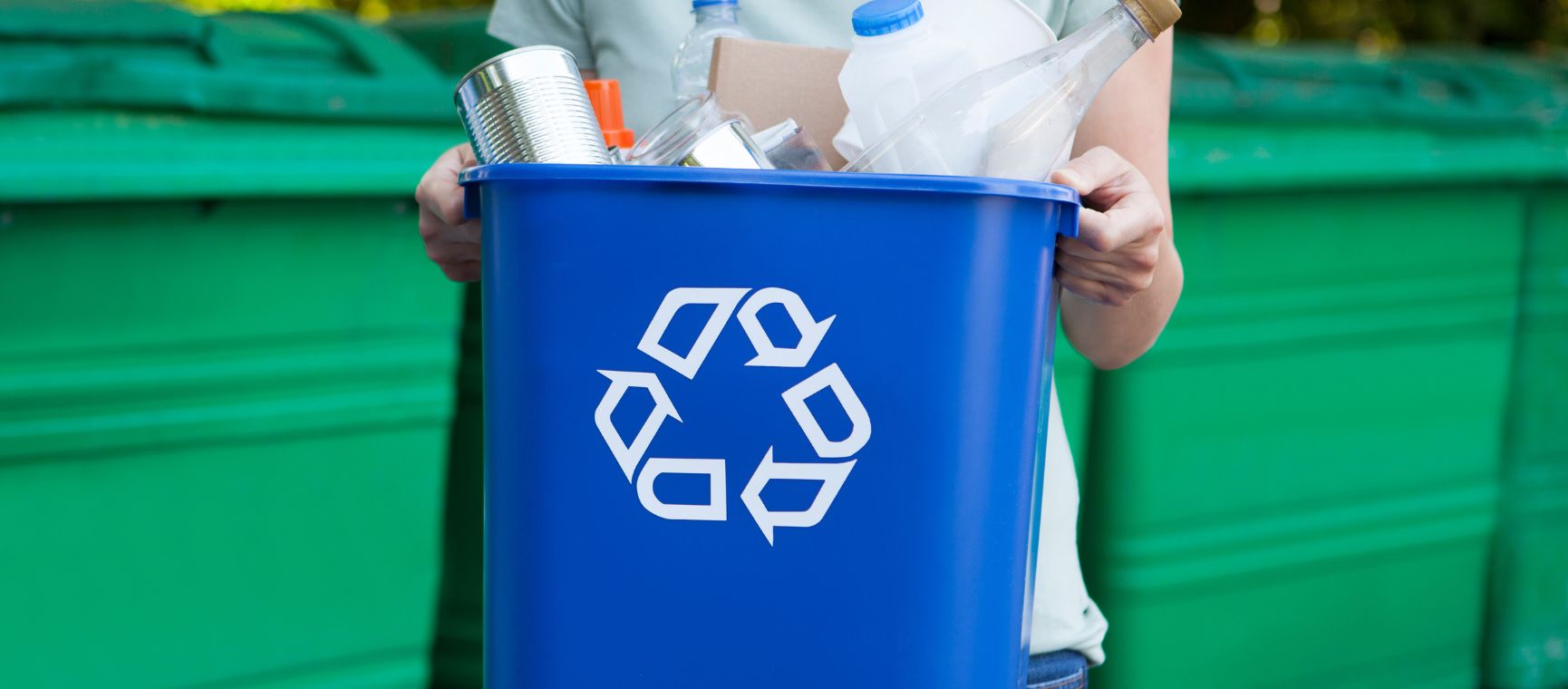
While the UK recycles approximately 44% of its household waste, imagine how much more we could achieve if everyone truly understood the language of those tiny recycling symbols.
These symbols are placed onto product packaging to indicate how to successfully dispose of and recycle them, but do you know what they actually mean for your local council’s sorting system?
“There are a wide range of recycling symbols with different meanings,” says Graham Matthews, dry mixed recycling expert at BusinessWaste.co.uk.
“The primary purpose of these is to guide consumer behaviour, allowing people to understand how each product can be disposed of and if it can be recycled. It’s essential that consumers sort recycling correctly, allowing it to be separated and processed by the right facilities.”
With this in mind, here are some of the more popular recycling symbols in use today – how many do you know?
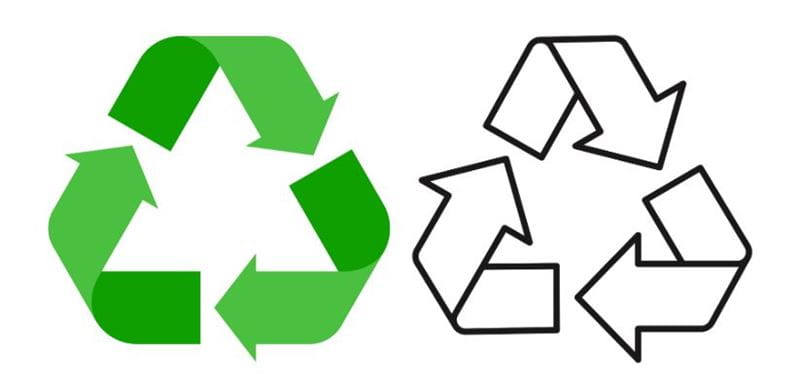
“The Mobius loop, also known as the universal recycling symbol, is probably both the most used and most recognisable symbol,” says Graham.
Created back in 1970 for the first Earth Day, it’s often depicted with green arrows, although more recent modifications have seen it all white with black outlines, or all black. The arrows looping back onto each other refers to the circular economy and the fact that the item can be recycled and reused.
Some of the most common places you may see the Mobius loop are on plastic waste, such as bottles and containers, magazines and glass bottles and jars.
“This symbol simply means that your item is capable of being recycled but doesn’t indicate if it will be widely accepted for recycling or if it has already been recycled,” explains Graham.
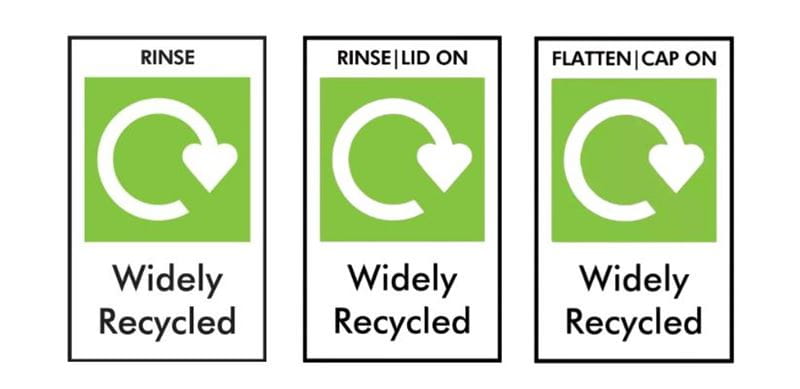
Some symbols also come with further instructions to help you recycle correctly — like rinsing out containers or separating components.
This indicates that the item is recyclable but does need rinsing or cleaning before disposal. Graham says that you don’t need to go crazy when cleaning items with this logo on.
“Many people spend a lot of time and energy cleaning rubbish thoroughly before recycling,” he says. “However, this isn’t necessary. The only requirement is that items are rinsed and free of most food residue to avoid contamination. While you should always look to avoid heavy residue or grease, a simple rinse or scraping the container is usually enough.”
Give your bottles a rinse and make sure the lid is on tight. Loose lids are often too small to recycle properly, but when they’re attached, they go through the system with the bottle. This is why many plastic bottles now have lids that don’t detach.
This symbol is actually to help save space in bins and recycling collection trucks and indicates that you need to flatten the item, with the cap still on, before putting in the bin.
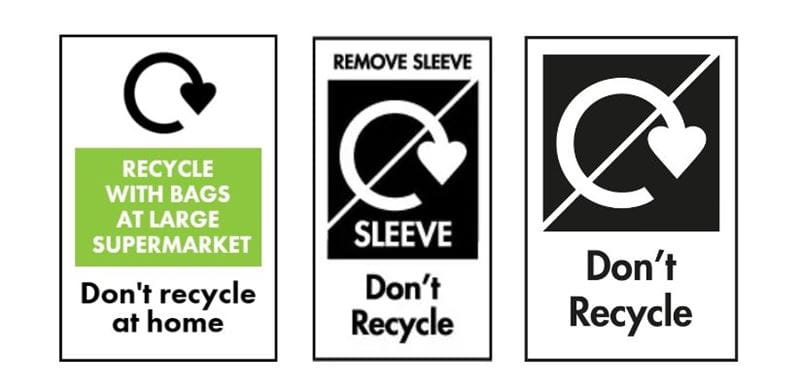
This one is often found on certain plastic wrappings, such as bread bags or crisp packets. Instead of recycling at home, take it to a supermarket, which has a special collection point specifically for these types of plastic bags and wrappers.
This one does what it says on the tin. If you see this symbol, it means this particular packaging can’t be recycled at the moment, so the best thing to do is to put it straight into your general waste bin.
Sometimes, packaging has different parts that need to be separated before recycling. If you see this logo, it means there’s usually a cardboard or plastic sleeve, film, or liner around the main item (like a bottle or container) that can be easily taken off.
In these cases, peel off the sleeve and pop it in your rubbish bin, while the main bottle or container can usually go into your regular recycling.
Along with symbols, you will sometimes get different worded advice, which can be a tad confusing. Graham explains what these key phrases really mean for your household waste.
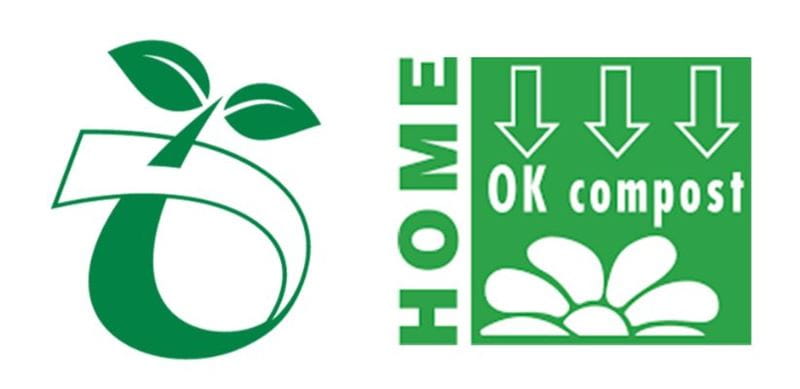
Both of the above symbols mean the item can break down naturally, which is great.
The symbol on the left, the one that often looks like a little seedling in a loop, tells you that the item is designed for industrial composting. This means it needs the specific conditions found in commercial composting facilities to break down properly.
Please don’t put items with this symbol in your regular recycling with other plastics. They’re made to decompose and can actually mess up the recycling process. Instead recycle this with your garden waste through your local authority.
The symbol on the right indicates that the item is suitable for home composting. If you have a compost bin in your garden, these items can go in there. Just like the industrial ones, keep these out of your regular plastic recycling bin to avoid contamination.
Always check your local council’s website for the most accurate information on compostable waste collection in your area.
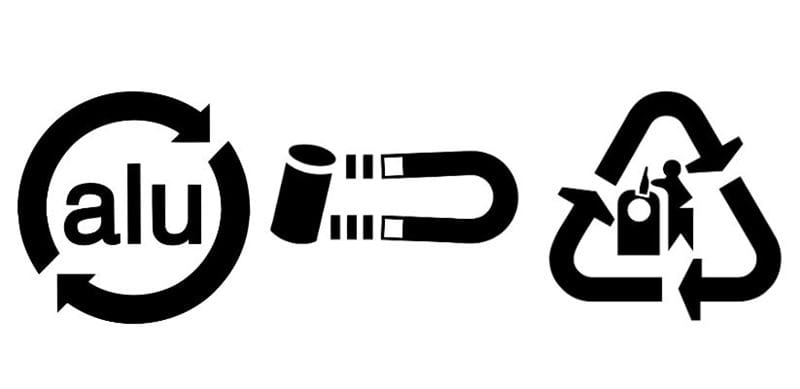
Some materials are so special they get their very own recycling symbols!
First up, on the left, you’ll often see the aluminium recycling symbol on things like your tin foil, aerosol cans, and drinks cans. This simply means the product is made of aluminium and can definitely be recycled.
Right next to it is the steel recycling symbol. Around 60% of aerosol cans are made from tinplated steel – when you’re done with these, make sure they’re completely empty and if they have a lid or any plastic bits, pop those off before putting the metal can in your recycling bin.
And last but not least, we have the glass recycling symbol. You can take your glass bottles and jars to a bottle bank, just remember to pop your clear, green, and brown glass into the right sections. Or, if you’re lucky enough to have a separate glass collection at home, you can use that too.
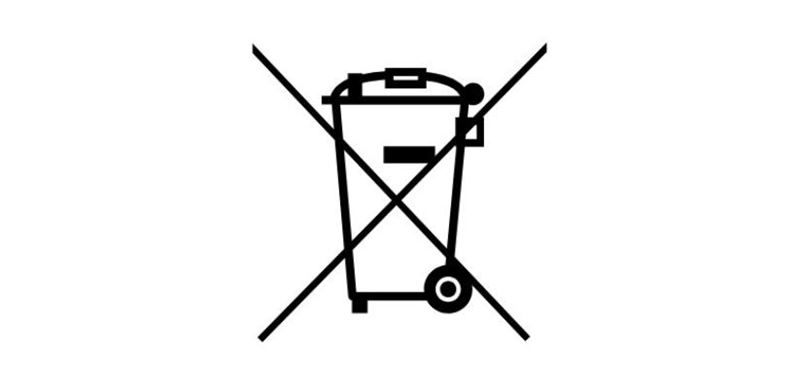
It’s not just household waste that has recycling symbols on it – your electrical items will also carry a symbol.
“Most electrical products will have the crossed-out wheeled bin symbol to inform you they shouldn’t be disposed of in household waste,” says James Rigg, CEO of Trojan Electronics.
However, he says as this is pretty much on all products, it doesn’t really help which electrical items can definitely be recycled. James says that legally, retailers have an obligation to take back products on a like-for-like basis e.g. a fridge for a fridge, a kettle for a kettle for example.
“However, they have no legal requirement to collect it from your house free of charge,” he says. “Most small items can simply be dropped off in-store, but larger ones that you can’t easily move yourself will usually need to be collected.”
While retailers can take the products, James says they are often sent straight for recycling, even if they can be reused.
“This is a real shame,” he says. “Many devices still work, and there are lots of people, including charities and relatives, who would love to use them.”
Instead, James suggests recycling your electrical products by:

You might have noticed numbers inside triangles on your plastic packaging. These are plastic resin identification codes. However, across the UK, the presence of this symbol doesn’t automatically mean an item is recyclable through your kerbside collection.
Recycling facilities process different plastics in unique ways, so it’s crucial to check your local council’s website or collection leaflets to determine which specific types of plastic they currently accept.
The most common one is PETE, above – approximately 70% of plastic bottles and containers in the UK are made from Polyethylene Terephthalate and these are widely recyclable.
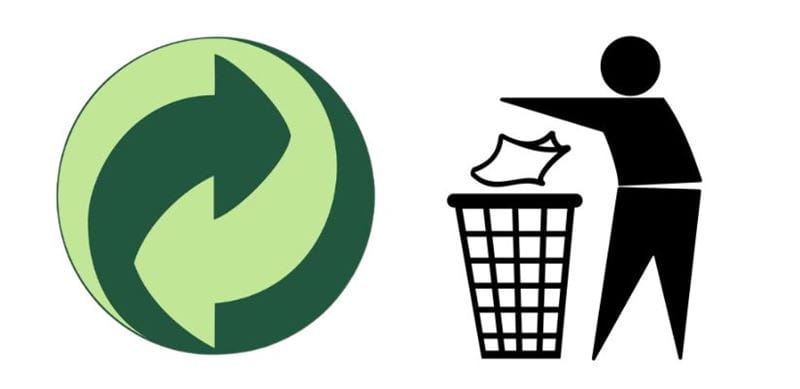
This one can be a bit confusing. While it shows that the company producing the product contributes financially to recycling schemes, it does not actually mean the product itself is recyclable.
Unless it has any of the above symbols on there as well, don’t assume it can go in your recycling bin at home.
You’ll often see this little figure binning some rubbish. From Keep Britain Tidy this symbol isn’t about whether the packaging can be recycled, but it’s a nudge to all of us to be responsible and put our rubbish in the bin after we’ve used the product.
Jayne cut her online journalism teeth 24 years ago in an era when a dialling tone and slow page load were standard. During this time, she’s written about a variety of subjects and is just at home road-testing TVs as she is interviewing TV stars.
A diverse career has seen Jayne launch websites for popular magazines, collaborate with top brands, write regularly for major publications including Woman&Home, Yahoo! and The Daily Telegraph, create a podcast, and also write a tech column for Women’s Own.

Learn how to avoid the most common vacuuming mistakes to ensure that your floors are spotless and free from allergens.
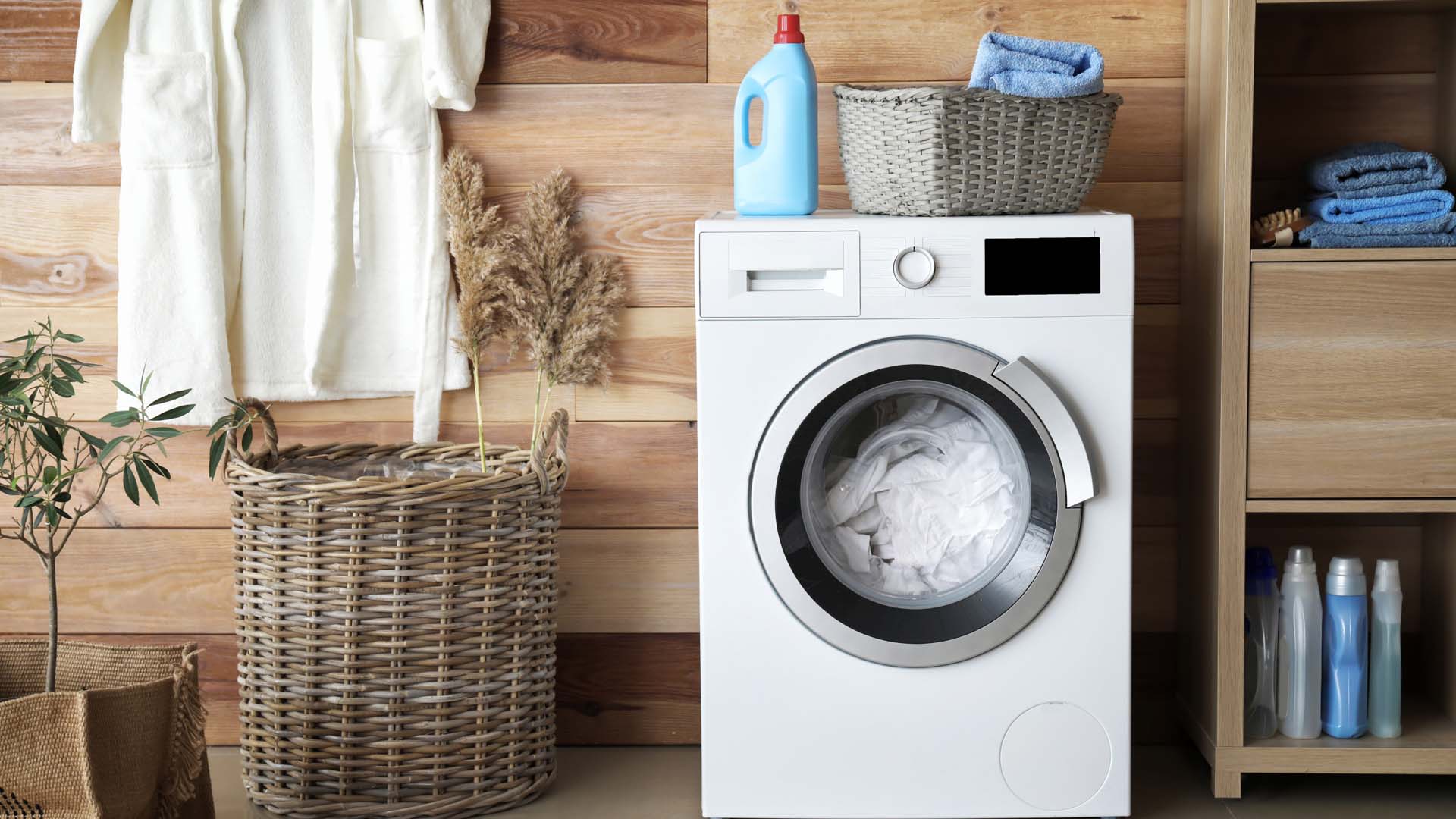
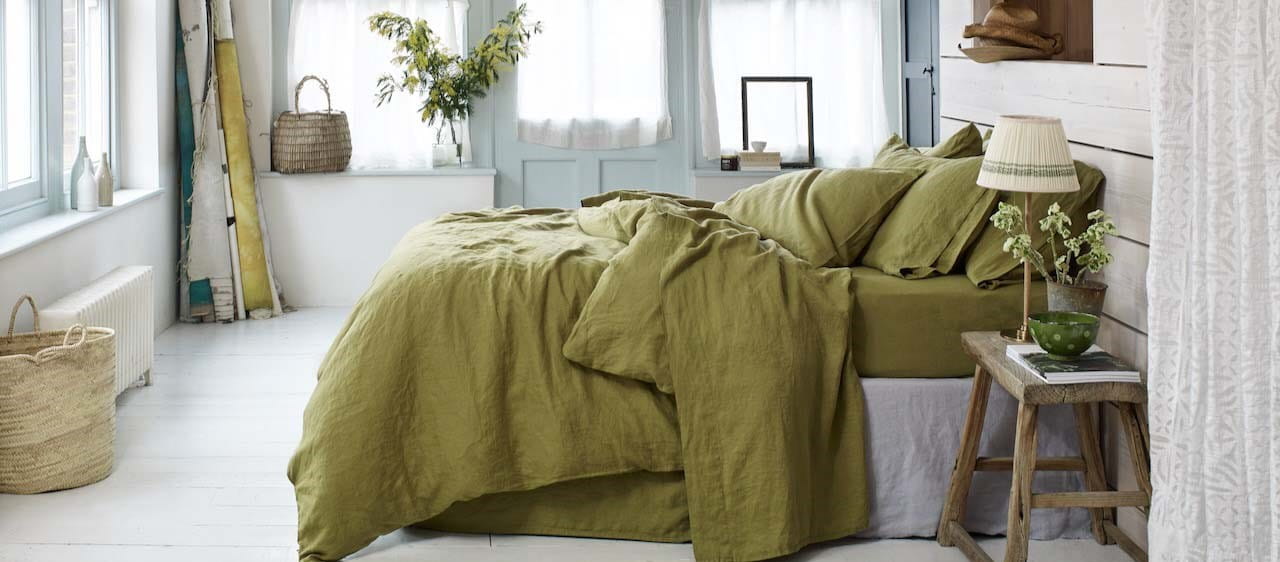

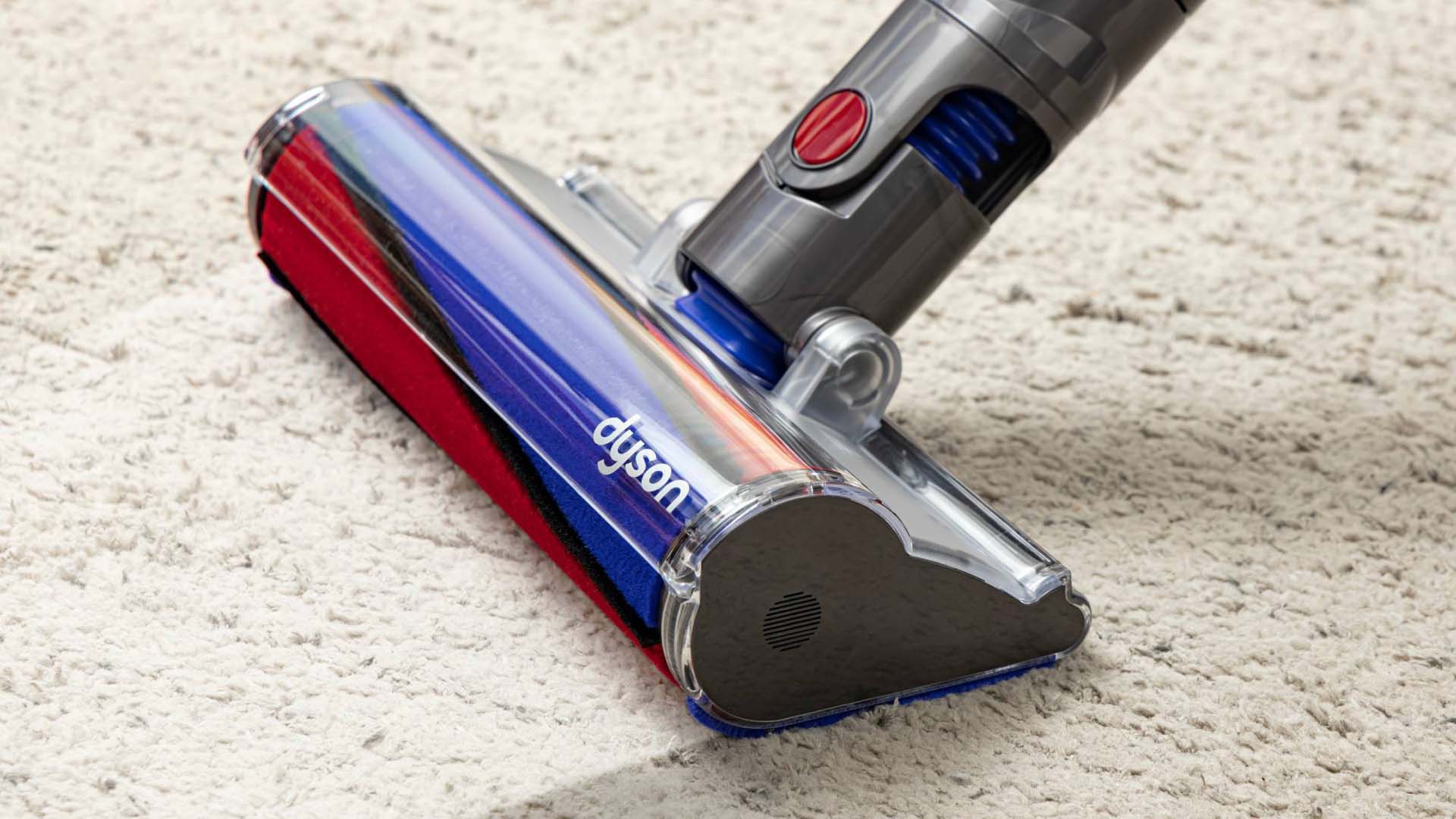
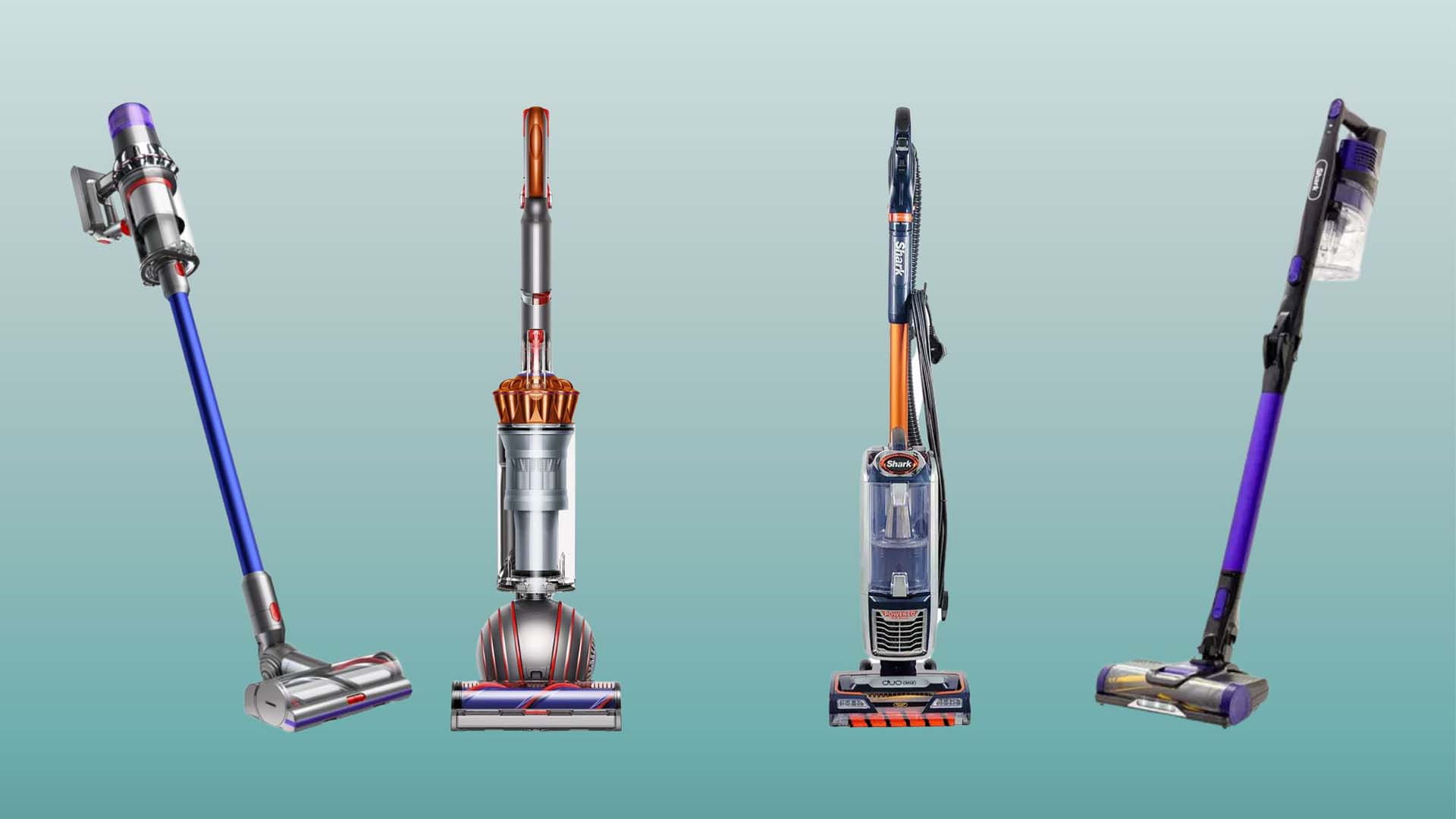
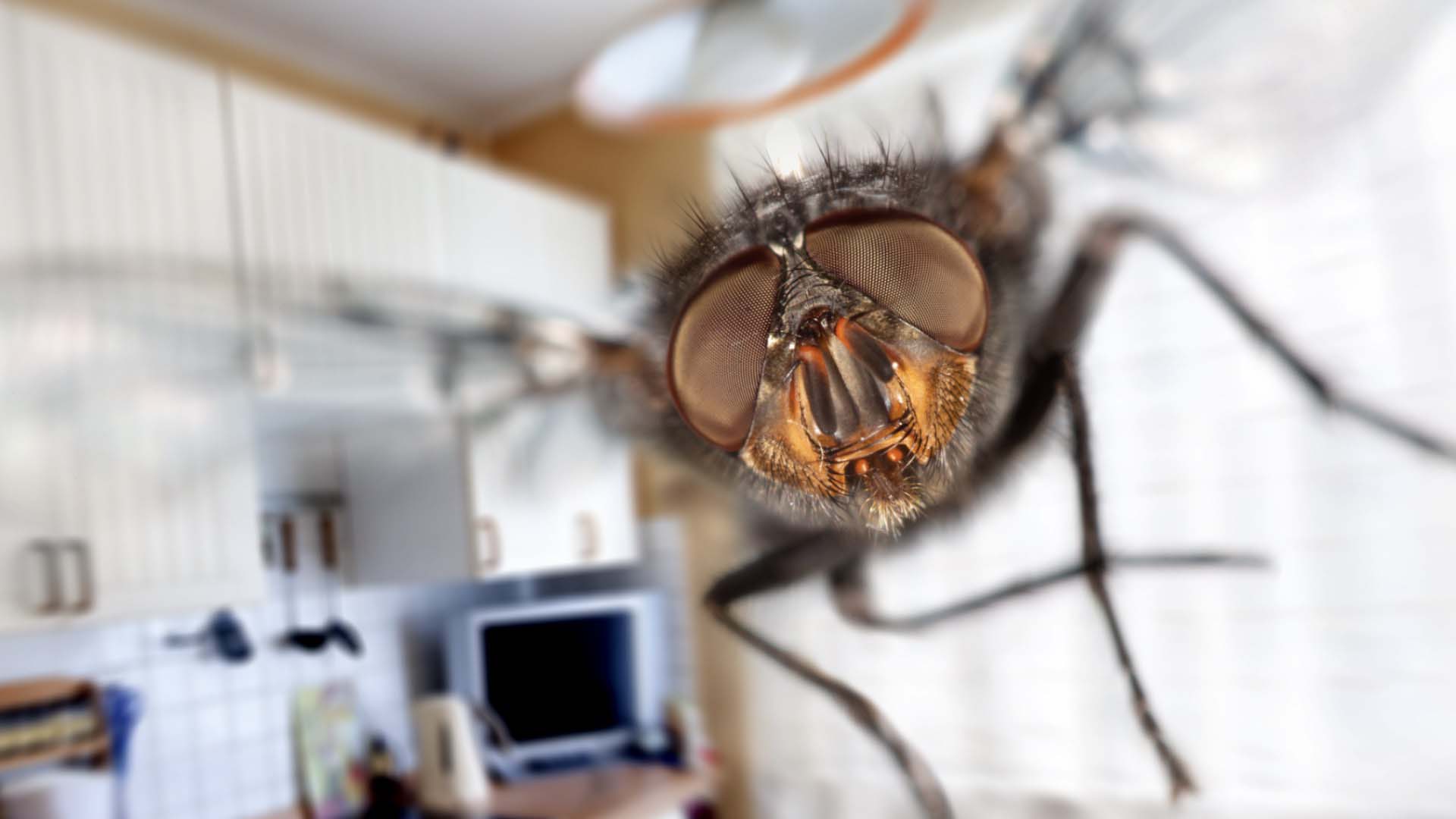


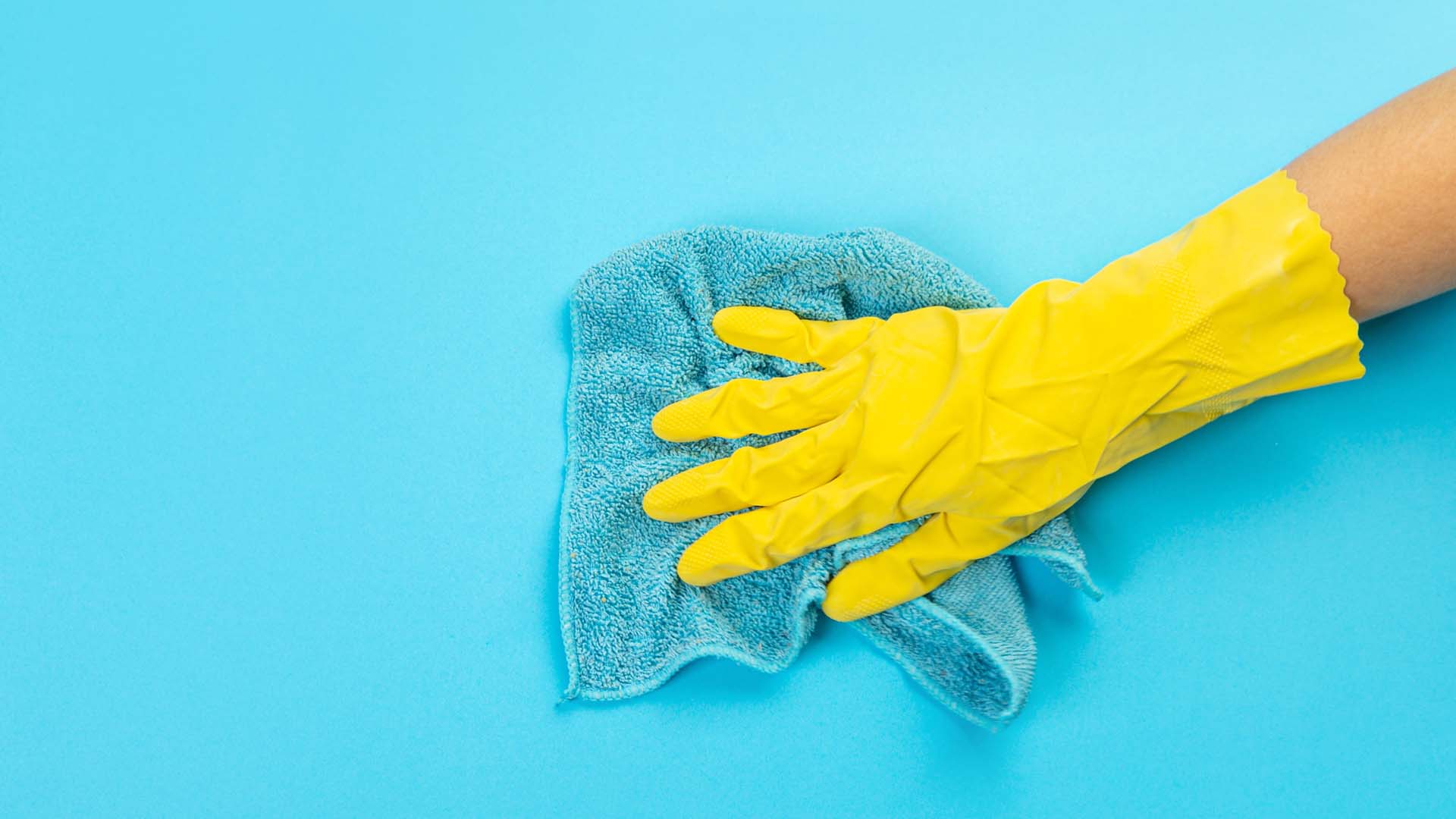

Create the perfect vista with our window cleaning tips.
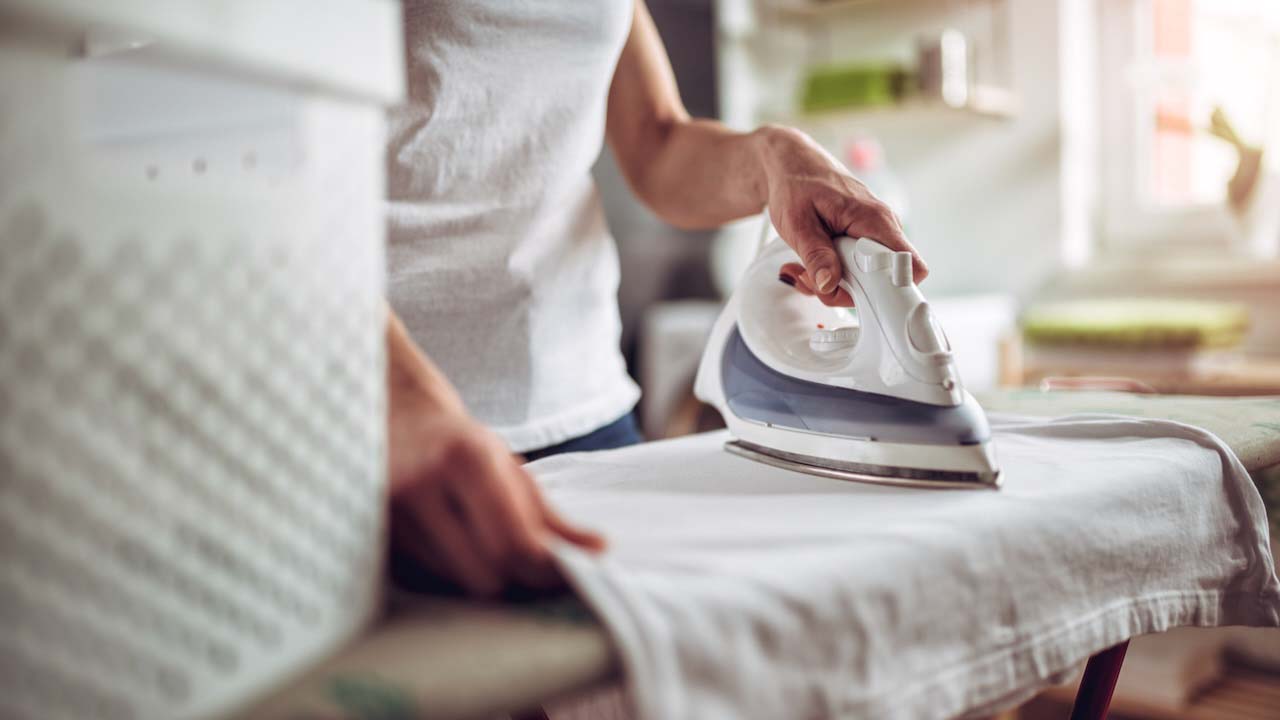
Because a scale-filled iron can ruin your clothes.